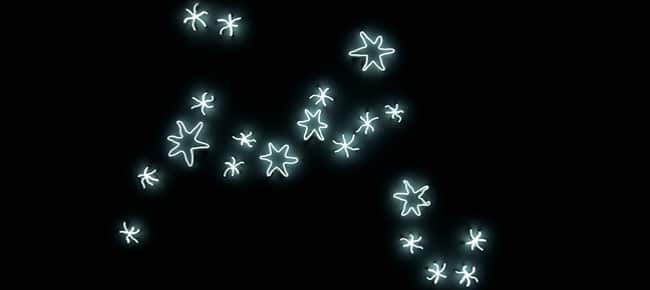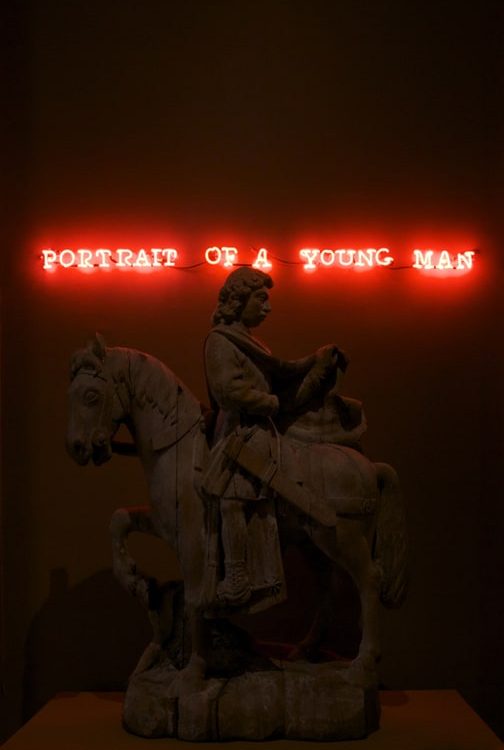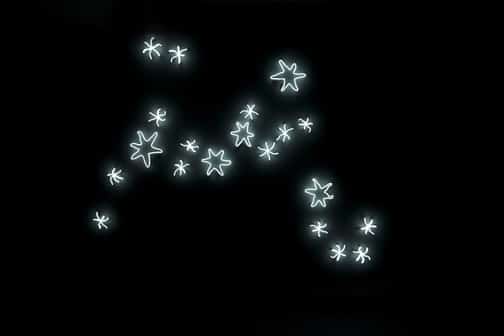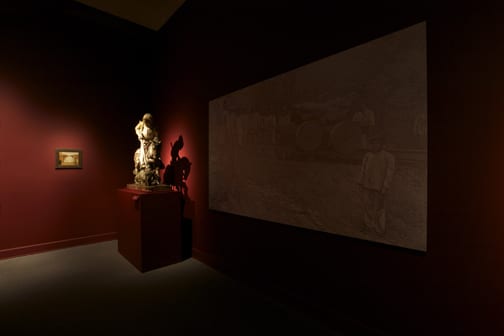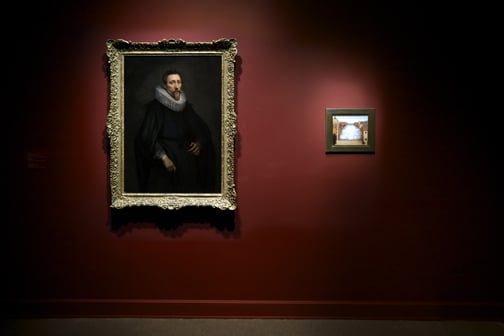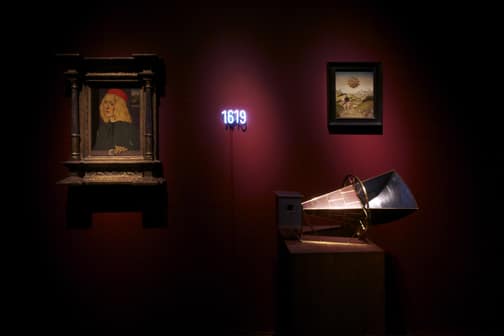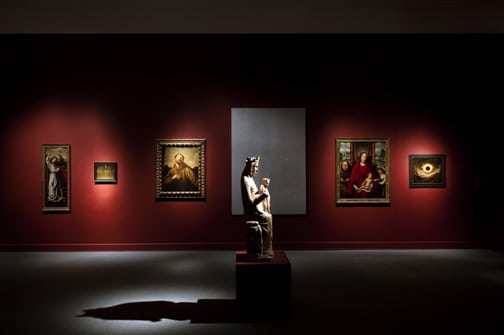LAURENT GRASSO
Portrait of a Young Man
French artist Laurent Grasso investigates shifting and multiple time frames in his conceptual art practice. His project at The Bass juxtaposes historical works from our permanent collection of Renaissance and Baroque art with his own series of paintings, sculptures, videos and neons. Here, Grasso provocatively forms literal and figurative connections between the past and the present.
The exhibition takes as its departure point Laurent Grasso’s reflections on the rationality of the Renaissance, “the age of discovery,” a period in time when man began seeing the world in a completely different manner, becoming interested in individuality, the natural world, science, cosmology and the study of geography. A time when science and the arts were not disparate fields but rather informed one another.
In the exhibition, Grasso’s fascination with history and science culminates in a recent series of paintings entitled Studies into the past. Produced in collaboration with professional art restorers these works incorporate select imagery such as trees, figures and portions of landscape; and are meticulously reproduced from famous paintings by Uccello, Fra Angelico, Mantegna and Botticelli. However, the artist also integrates depictions of miraculous phenomena such as eclipses, floating rocks and northern lights—imagery that reoccurs throughout Grasso’s practice but would not have appeared in, for example, a Botticelli. Within these works, he layers and recontextualizes this iconography to cast doubt on his own authorship and blur the line we often draw between the historical and contemporary.
Other central works in the exhibition include a series of neons inspired by Grasso’s interest in “the father of modern science,” Galileo Galilei. For Grasso’s work 1610, he pointedly transforms one of the astronomer’s original sketches of a star constellation into neon.
It was at this time Galileo published Sidereus Nuncius (Starry Messenger), proving that the Earth revolved around the Sun, which quickly led to his condemnation by the Roman Catholic Church. According to Grasso, the use of neon forms an allusion to the time it takes light to travel to one’s eye and the more than 350 years it took the Church to admit that Galileo was right. Light is an important metaphor for the artist, as it refers not only to Galileo’s scientific and historical contributions but also to knowledge itself, truth and even time travel.
Laurent Grasso’s approach in Portrait of a Young Man suggests what we call time and/or history is neither linear nor cyclical. Instead, it might best be understood as a constant if not eternal process of building and rebuilding meaning.
– Kristin Korolowicz, Knight Curatorial Fellow, The Bass Museum of Art
Laurent Grasso was born in 1972 in Mulhouse, France and currently lives and works between New York and Paris. He studied at ENSBA, Paris, Cooper Union School, New York and Central Saint Martin’s College of Art and Design, London with residencies at the Villa Médicis, Rome and ISCP, New York. His work has been the subject of numerous solo exhibitions, most recently at the Palais de Tokyo in Paris. He has exhibited extensively in group shows and biennials across Europe, Asia and the Americas including Manifesta 8, the Third Moscow Biennale and Sharjah Biennial. His work is the subject of a major monograph, Laurent Grasso: The Black-Body Radiation (Les Presses du Reel, 2009). As the 2008 Laureate of the Marcel Duchamp Prize, Grasso presented a special exhibition at the Georges Pompidou Centre, Paris (2009). He will have an upcoming solo show at Jeu de Paume in Paris, May 2012.
